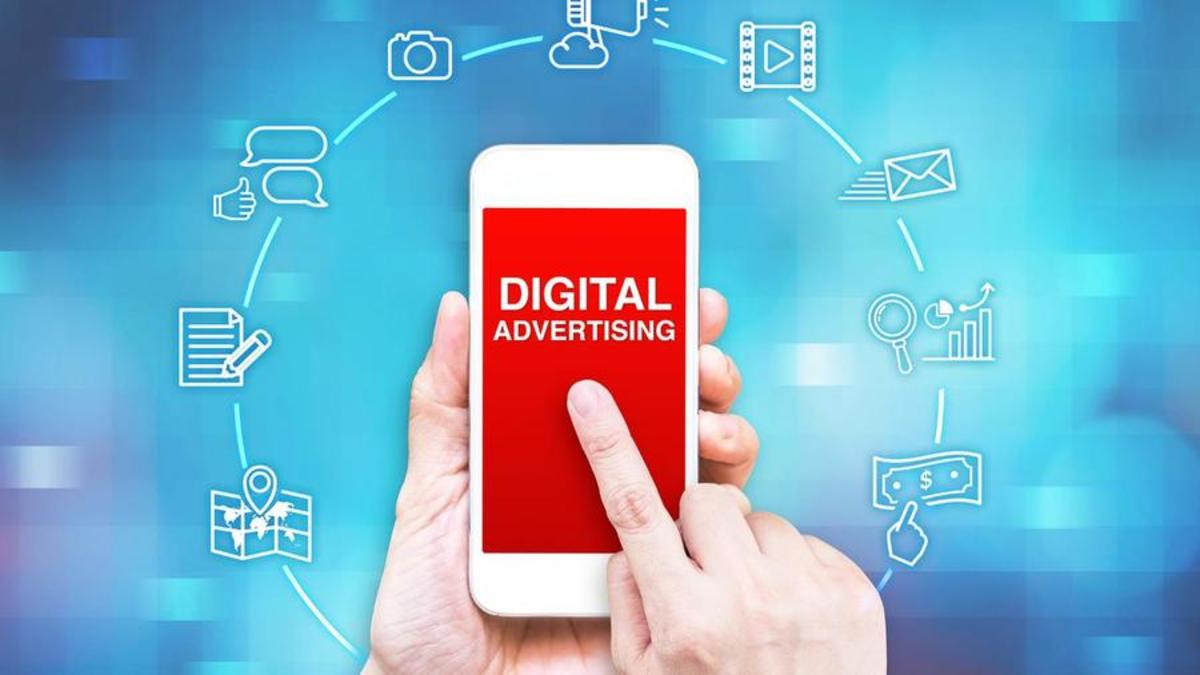
Competition is fierce. For small business owners, entrepreneurs, and marketing professionals alike, standing out in a crowded market can feel like an uphill battle. But in today’s digital age, there’s a powerful tool that can level the playing field—digital advertising. With the right strategy, it doesn’t matter if you’re a local business or an emerging startup; you have the means to outpace even larger competitors.
This post will explore the ins and outs of digital advertising, how it works, and how you can use it not just to compete but to dominate your niche. By the end, you’ll have actionable insights on using digital advertising to propel your business forward.
Understanding Digital Advertising

Digital advertising is an umbrella term encompassing a variety of strategies to market your product or service online. The key advantage? You can reach specific audiences where they spend the majority of their time—online. Here are the main types and what they can accomplish for your business:
1. Pay-Per-Click Advertising (PPC)
PPC ads are a tried-and-true method of driving traffic. These ads appear on platforms like Google Search or Bing, targeting users based on specific keywords. The beauty of PPC? You only pay when someone clicks your ad.
Example: A local bakery could run a PPC ad targeting searches like “best cupcakes near me,” leading potential customers directly to their site.
2. Social Media Advertising
Facebook, Instagram, LinkedIn, TikTok—social media platforms give brands access to hyper-engaged audiences. Social media ads shine when it comes to:
- Increasing brand awareness with well-targeted campaigns.
- Connecting directly with the audience through visuals, video, and messaging.
Tip: Instagram Reels ads have become immensely popular for grabbing attention quickly.
3. Display Advertising
Display ads often include banner advertisements seen on websites, apps, or videos. These ads work best for reinforcing brand awareness visually and consistently showing up in your audience’s browsing habits.
4. Email Advertising
Though not as “flashy” as social ads, targeted email campaigns remain one of the best ways to directly market to people who have expressed interest in your brand. Whether offering discounts, announcing new products, or retargeting abandoned carts, email is still a high-performing tool.
Benefits of Digital Advertising
- Precision Targeting: Reach the right audience at the right moment.
- Cost Efficiency: Spend within your budget while still achieving measurable ROI.
- Real-Time Analytics: Continuously refine campaigns for better performance.
- Scalability Across Business Sizes.
How Digital Advertising Works
Understanding the underlying mechanics of digital advertising can give you an edge over competitors who treat it as a black box.
Ad Targeting and Customization
One of the standout features of digital advertising is the ability to target specific demographics. Here’s an example:
- Geotargeting: Serve ads to users in a particular area, perfect for businesses with a local presence.
- Behavioral Targeting: Show ads to people whose online behavior (e.g., searches for similar products) aligns with your offering.
- Custom Audiences: Build retargeting campaigns for people who visited your website but didn’t convert.
Campaign Process
- Planning: Define campaign objectives—are you looking for leads, website traffic, or brand awareness?
- Execution: Develop creatives, identify keywords or audiences, and execute the campaign on chosen platforms (e.g., Google Ads, Facebook Ads).
- Optimization: Monitor performance daily. If certain ads outperform others, allocate more spending to them.
Outpacing the Competition with Digital Advertising
Wondering how to leap ahead of competitors? Here’s what digital advertising makes possible:
Real-Life Success Stories
A small fitness studio used geotargeted Instagram ads to attract new memberships within a 5-mile radius. They offered a free class for first-time visitors, which brought in 20% more customers within a month.
A custom jewelry business ran Google Shopping Ads, targeting high-intent keywords like “custom wedding rings.” Within 3 months, they saw a 300% increase in sales during the wedding season.
Developing a Unique Value Proposition (UVP)
Your ads need to answer one simple question for customers—“Why choose you over everyone else?”
Focus your ads on your UVP. For instance:
- Offer a limited-time deal.
- Highlight 5-star reviews to build trust.
- Showcase superior product design or exclusivity.
Tip: A/B test your ad messages to see which resonates best with your audience.
Measuring Success and Making Adjustments

Key Metrics to Track
Digital advertising success hinges on consistent tracking. Here’s what to pay attention to:
- Click-Through Rate (CTR): Are people engaging with your ad?
- Conversion Rate: How many clicks turn into paying customers?
- Cost Per Conversion: How cost-efficient is your ad efforts?
Making Data-Driven Adjustments
If your campaign isn’t performing, don’t scrap it—analyze and adjust. For example:
- Tweak audience targeting if CTR is low.
- Adjust ad copy if impressions are strong but conversions are weak.
- Test new visuals or formats such as video ads.
Best Practices and Tools for Small Businesses
Affordable Tools and Platforms
- Google Ads: Perfect for small businesses targeting search traffic.
- Canva: A convenient and affordable tool for creating professional-quality ad graphics.
- Hootsuite: Streamlines social media ad management across platforms.
Tips for High-Quality, Budget-Friendly Ads
- Use free stock image platforms like Pexels or Unsplash for visuals.
- Hire a freelancer for affordable help on platforms like Fiverr.
- Create compelling offers with clear calls-to-action (e.g., “Claim Your 20% Today!”).
Your Next Step to Outpace the Competition
Digital advertising has reshaped the marketing landscape, making it easier than ever for small businesses to compete with larger players. With its precision targeting, scalability, and measurable ROI, it’s a must-have for entrepreneurs and marketing teams.
Now is the time to take action. Start small with one platform, track your metrics, and scale as you grow. Have questions about developing your ad campaigns? Share your thoughts below—we’d love to hear about your experiences or help you get started!










